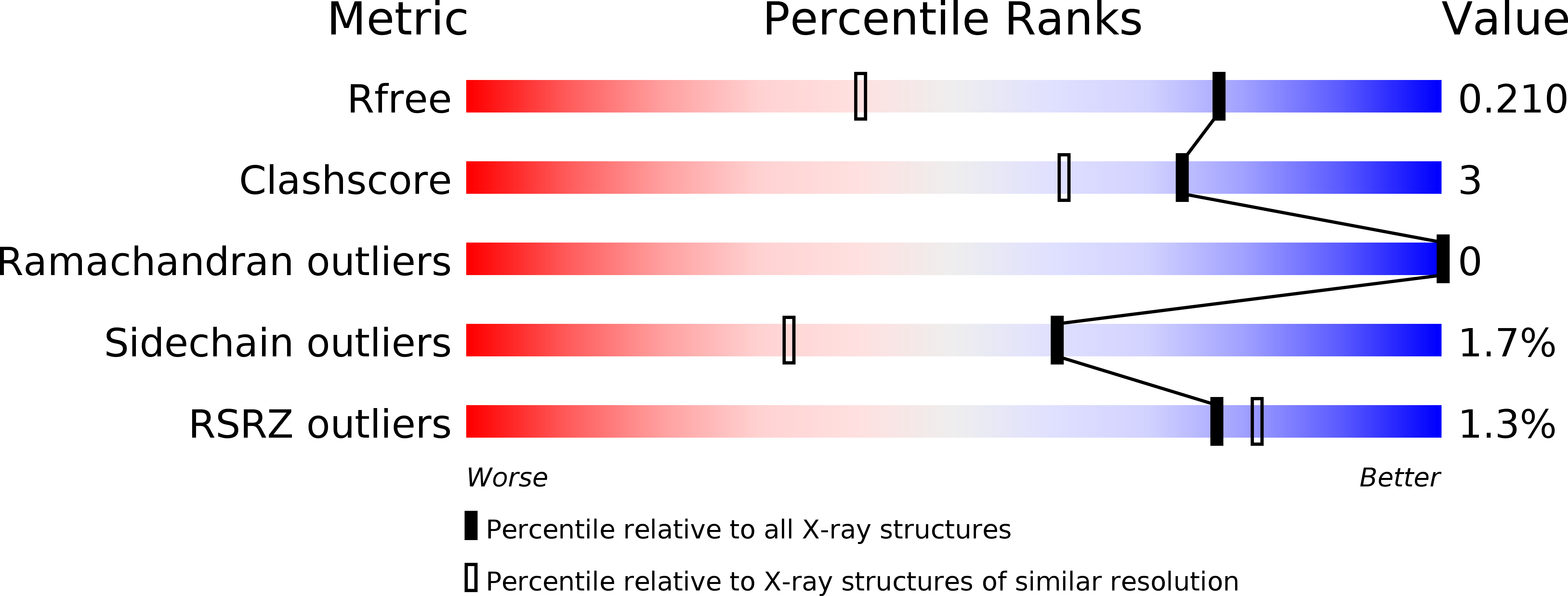
Deposition Date
2003-01-15
Release Date
2003-02-27
Last Version Date
2024-11-20
Entry Detail
PDB ID:
1OAL
Keywords:
Title:
Active site copper and zinc ions modulate the quaternary structure of prokaryotic Cu,Zn superoxide dismutase
Biological Source:
Source Organism:
PHOTOBACTERIUM LEIOGNATHI (Taxon ID: 658)
Host Organism:
Method Details:
Experimental Method:
Resolution:
1.50 Å
R-Value Free:
0.19
R-Value Work:
0.15
R-Value Observed:
0.15
Space Group:
H 3 2


